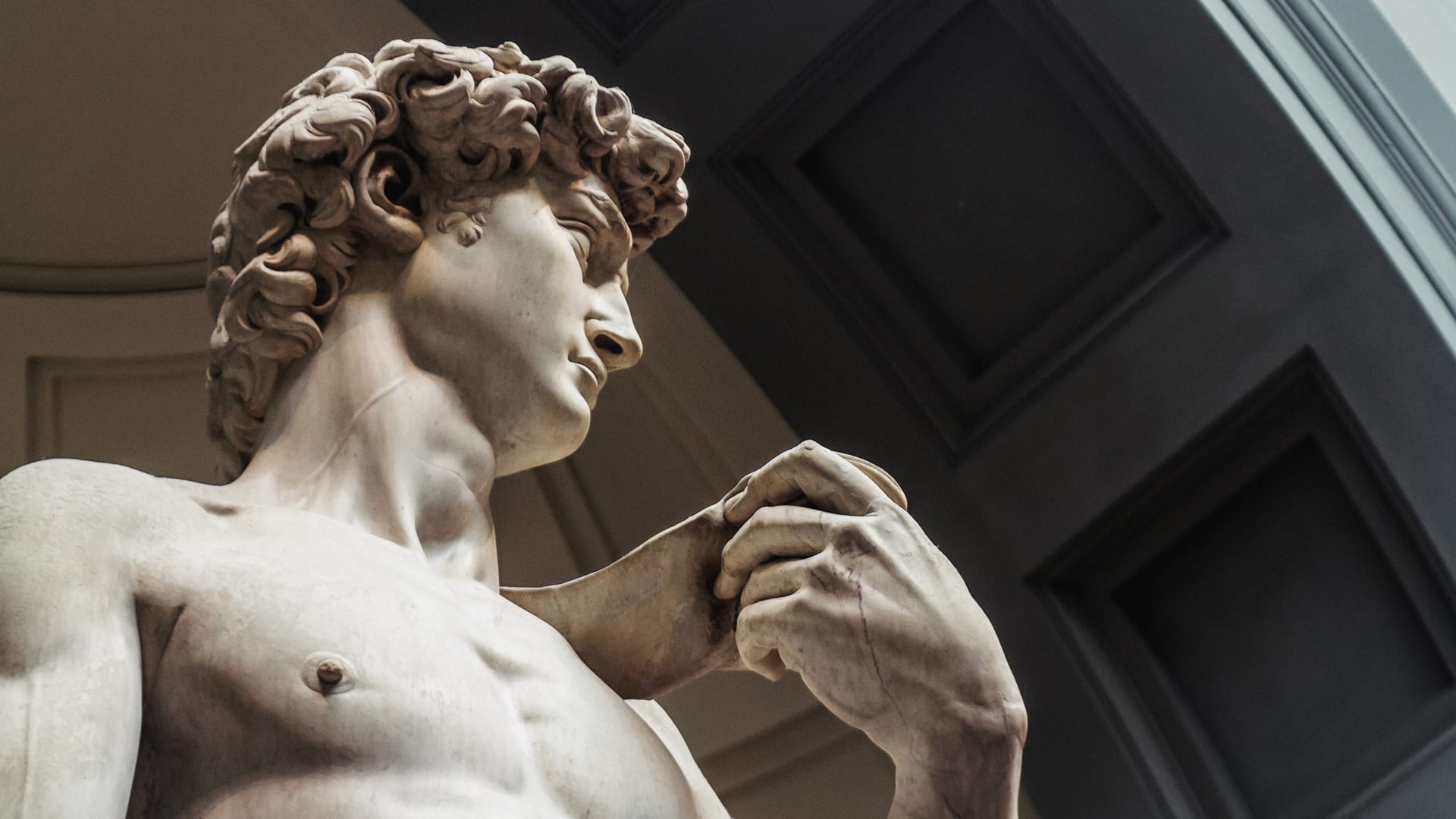
The 8 Italian Places To Visit Before You Die
July 1, 2025
Walks of Italy runs a wide range of immersive, small group walking tours in Italy, including some of the most highly rated guided tours Italy has to offer. Whether you’re coming to Italy for the first time or the 10th, our local experts love to take you past the well-worn tourist trail for an experience you’ll never forget.
Italy appears on everyone’s Italy list of places to visit before you die, but it’s a long way for many to travel and the country bursts with spectacular sites and amazing things to do. Choosing what to do in Italy on a two-week vacation nearly overwhelms most travelers. Don’t worry, we’ve got your back. We combed through our extensive archives, talked to our tour guides, and had some serious debates among ourselves. As a result, we whittled down a short list of the 8 sites that will change your life, drop your jaw, break your heart, fill your chest with wonder, and absolutely leave you dying to return to this incredible country. You might not make it to every single corner of Italy on your visit, but this list should at least give you one thing to see or do no matter where you go. Therefore, get those bucket lists ready—here are the 8 Italian places to visit before you die.
Table of Contents
ToggleSt. Mark’s Basilica in Venice
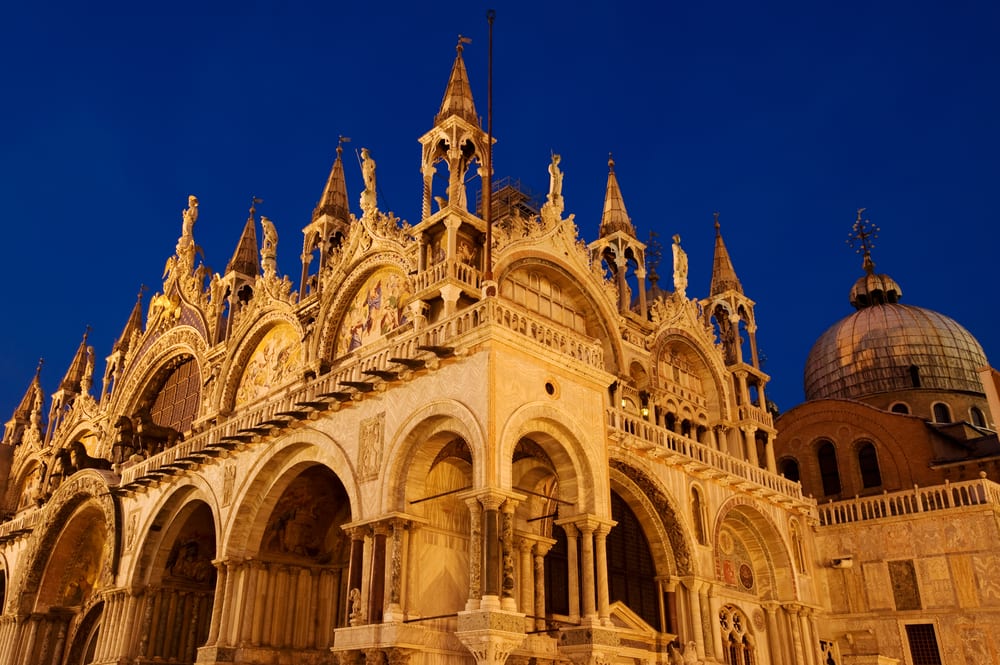
Venice dazzles with beautiful churches, but St. Mark’s Basilica stands out because of its breathtaking interior. The inside of this 9th century AD Basilica shines with over 85,000 square feet of mosaics. Since it represents one of the most famous Byzantine churches in Italy, you will marvel at the art and jewels, accumulated when Venice dominated as a maritime power in the Mediterranean. Undoubtedly, travelers seeking the best in Italy sightseeing cannot miss this stop.
Uffizi Gallery and Duomo in Florence
Florence, the Renaissance capital of Italy, offers a wealth of incredible art and architecture. You will find the lion’s share of the paintings in the Uffizi Art Gallery. Here you’ll encounter some of the best Italian Renaissance art in the world, including Botticelli’s Primavera, Leonardo da Vinci’s Annunciation, and Adoration of the Magi along with other major works by Caravaggio, Lippi, Michelangelo, Raphael, and Titian.
After spending at least a half-day in the galleries, you also can’t miss the Duomo di Firenze. Although it lacks the visual grandeur of some other Italian cathedrals, it matters for another reason: its construction literally changed the history of the world. Its architect, Brunelleschi, used ancient engineering knowledge that had vanished for centuries. He built the entire dome without a wooden support frame (once thought impossible), never revealed his secrets, and even created the now-common stew for his construction workers. Talk about a Renaissance man! If you want to truly appreciate his masterpiece, climb its 436 steps to the top. It’s a lot of work, but you’ll enjoy spectacular views over Florence. Back on the ground, you can always go for a big bowl of Peposo Beef Stew—Brunelleschi’s favorite. For those who love Italy sightseeing but hate waiting in line, choose skip-the-line tours of the Uffizi and Duomo to maximize your time.
The Vatican Museums in Vatican City

The Vatican Museums house one of the most culturally significant art collections in the world. Not only do they move and impress, but they also connect inseparably to the very fabric of western culture. The museum is a must-see for those looking to understand the history of Rome, Italy, the Catholic church, and the history of art itself. Perhaps no other collection has influenced the way we think about art and its place in society so thoroughly. While most visitors skip the majority and go straight to the awe-inspiring Sistine Chapel, we encourage you to take your time wandering through the enormous building to truly get the most out of your visit. Don’t know where to start? Don’t worry, we’ve created a Guide to the Vatican Museums just for you! In fact, the map rooms are an under-appreciated gem. Our Italy small group tours let you explore the Vatican with an expert guide and plenty of time to take in the highlights.
Colosseum and Trevi Fountain in Rome

The beautiful Trevi Fountain in Rome stands as a bastion of the city’s impressive history and an icon of the ancient empire. Since it served as one of the first water sources in Rome, the fountain literally saved lives by bringing fresh, clean water into the center of the city. We especially enjoy visiting the fountain at night when its massive statues and crystal water shine under the lights. If you go, you can only see it from behind clear fences. Construction is scheduled to finish soon, but these things often drag on. If you plan to visit the Trevi Fountain in the near future, practice your throwing arm to make sure you can clear the barriers with your coin!
The Trevi Fountain is actually made from the same stone as the world-famous Colosseum. Though no one would dream of skipping the Colosseum during a visit to Rome, make sure you take the time to visit the inside as well. There’s more to the historic structure than what you see from the outside, and you’ll need to go underground to really understand its impact on Ancient Rome. For a truly unforgettable experience, book skip-the-line tours that take you deep into the Colosseum’s hidden levels—you’ll see more and avoid the crowds.
Finally, we know we shouldn’t but we can’t resist mentioning a runner-up in Rome: The Pantheon. Along with Brunelleschi’s Dome, it’s probably the most impressive in the world.
When you explore Rome, you should:
- Visit the Colosseum and go underground for a unique look at Ancient Rome
- Toss a coin in the Trevi Fountain (from behind the barriers)
- Stroll by the Pantheon for an architectural marvel that rivals any in the world
The Duomo in Milan
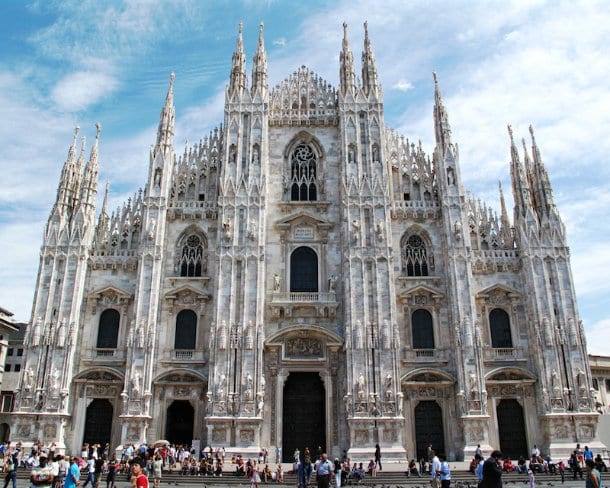
Nothing compares to the way the sun glimmers off the pink-white marble of the massive Duomo di Milano. Actually, this is one of the most polarizing of Italy’s great churches. Its facade bursts with more than 3,000 statues and spires; some consider it divine and others, well, overdone. Either way, this gothic marvel must be seen to be believed. No trip to Milan feels complete without a giro in the Piazza del Duomo. Additionally, we suggest a trip to the terrace atop the historic building for the best views of the city and a close-up look at the magnificent cathedral. If you want to know more about the Duomo of Milan, read here to discover more amazing facts about the Duomo di Milano.
Pompeii in Campania
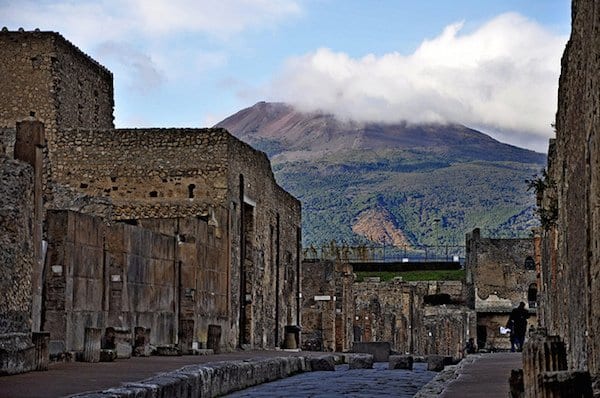
Before Vesuvius’ eruption in 79 AD, Pompeii thrived as an important port town for the ancient Roman Empire. As a UNESCO world heritage site, it ranks as one of the most visited archeological sites in the world. Unlike other archeological sites, Pompeii preserves an entire city almost completely intact. You will wander the streets of this ancient metropolis exactly as they stood two thousand years ago. It’s wonderful, it’s awe-inspiring, and it’s also a little sad considering the way the lives of so many of its inhabitants abruptly ended. When you go, make sure you see the Roman Forum, the theatre (whose acoustics are so good you don’t need microphones to be heard from the stage), and the public baths with their looming columns. If appropriate for your group, you also can’t miss the red light district for some saucy frescoes. For the ultimate Italy sightseeing adventure, book one of our specialized Pompeii tours led by expert guides.
Key highlights of Pompeii include:
- The Roman Forum, where ancient politics and life unfolded
- The remarkably preserved theatre with its perfect acoustics
- The public baths, showcasing Roman engineering
- The famous red light district with its unique frescoes
Alberobello in Puglia

For those looking for a truly unique experience away from tourist crowds, head south to Alberobello in Apulia (Puglia in Italian). You will step back in time by touring the famous trulli houses—ancient cone-shaped peasant homes. Alberobello belongs to the many UNESCO World Heritage sites in Italy. Puglia, though less visited by foreigners, offers some of the best wine and seafood in the country. You won’t eat better for less money than you will in the region’s stunning coastal towns. For a taste of Italy off the beaten path, make this a must-visit. Our Italy small group tours in Puglia help you enjoy authentic experiences with like-minded travelers.
The Dolomites in Trentino Alto-Adige
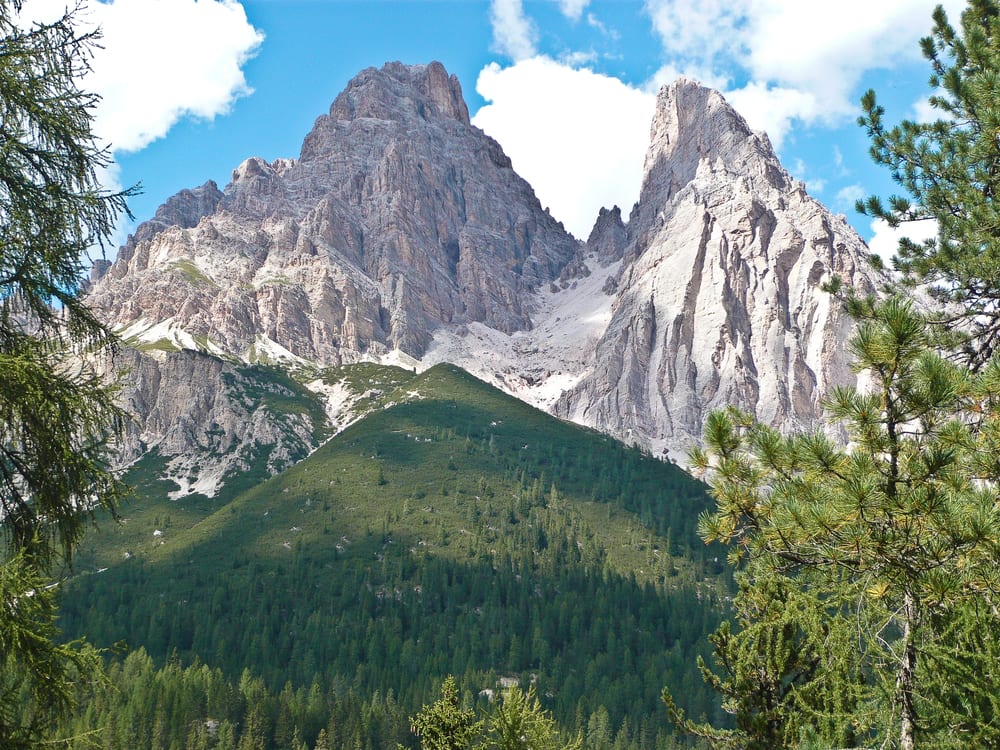
Although the Alps garner the most press as Europe’s premier mountain range, Italy’s Dolomites match them in beauty and perhaps even surpass them in charm and lack of crowds. With dozens of gorgeous Alpine towns, unique food, and 18 different peaks—with tons of unique hiking trails—the mountains’ rugged beauty will inspire even the biggest city slickers. Head to the northeast of Italy to explore a different side of the country—one where the language (and food) reflects a heavy Austrian influence and the great outdoors rule. If you need recommendations, here are six of our favorite spots in the Dolomites. For the ultimate Italy bucket list adventure, add the Dolomites to your itinerary.
FAQ: Walks of Italy Small Group Tours & Sightseeing
What are the benefits of joining a small group tour in Italy with Walks of Italy?
Our immersive, small group walking tours in Italy give you a deeper, more personal experience. You travel with expert local guides, gain behind-the-scenes insight, enjoy skip-the-line tours at top attractions, and connect with fellow travelers—all while avoiding the crowds.
Can I book skip the line tours for popular sights like the Vatican or Colosseum?
Absolutely! Walks of Italy offers skip-the-line tours for many of Italy’s most famous attractions, including the Vatican Museums, Uffizi Gallery, and the Colosseum. This lets you spend less time waiting and more time enjoying Italy sightseeing.
Are your tours suitable for first-time visitors and repeat travelers?
Yes! Whether Italy is your dream bucket list destination or you’re returning for another adventure, our guided tours offer unique perspectives—from classic highlights to hidden gems.
What is the group size for your Italy small group tours?
Our groups remain intentionally small—usually around 15 people or fewer—to ensure a comfortable experience and personal attention from your guide.
How do I pick which tour or destination is right for my Italy bucket list?
With so many incredible places to visit, you might find it tough to choose! Our team gladly advises you based on your interests, whether you want iconic landmarks, authentic food experiences, or Italy sightseeing off the beaten path. Just reach out and we’ll help craft your perfect itinerary.
Ready to get more out of your trip? Explore the best of Italy with Walks of Italy’s immersive, small group guided tours, and make your Italy bucket list dreams come true.
by Gina Mussio
View more by Gina ›Book a Tour

Pristine Sistine - The Chapel at its Best
€89
1794 reviews

Premium Colosseum Tour with Roman Forum Palatine Hill
€56
850 reviews

Pasta-Making Class: Cook, Dine Drink Wine with a Local Chef
€64
121 reviews

Crypts, Bones Catacombs: Underground Tour of Rome
€69
401 reviews

VIP Doge's Palace Secret Passages Tour
€79
18 reviews

Legendary Venice: St. Mark's Basilica, Terrace Doge's Palace
€69
286 reviews















